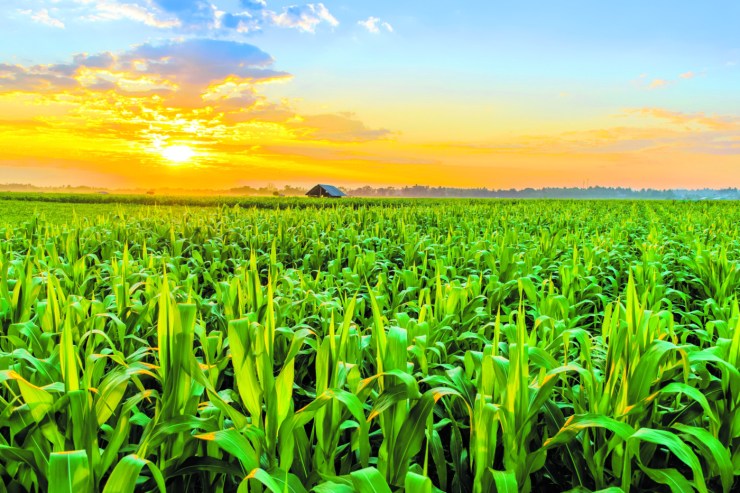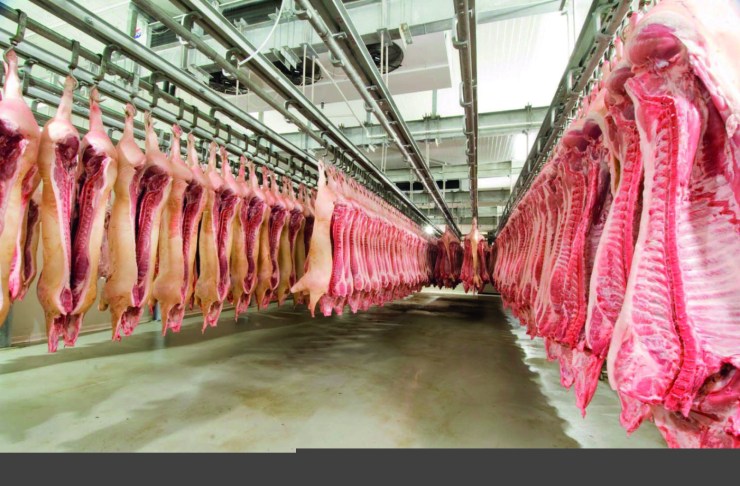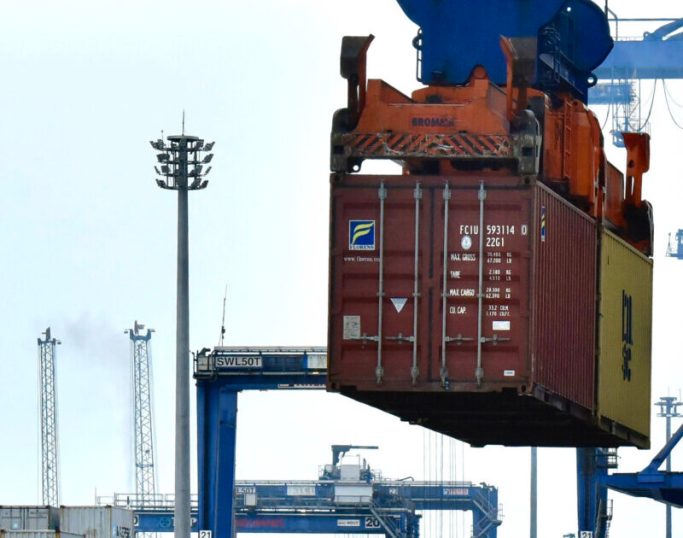Fishing vessels supplying raw materials to the fishery industry must now follow strict onboard hygiene and sanitation standards to ensure access to domestic and international markets. These rules are established by SAP-MAPA Ordinance No. 310 of December 24, 2020, as amended by MPA Ordinance No. 171 of December 18, 2023.
Hygiene and sanitary certification proves that the vessel keeps its facilities, equipment and utensils clean, carries out pest control, takes care of the health of its crew and adopts good practices during fishing and fish storage.

Photo: Jose Fernando Ogura
With the entry into force of MPA Ordinance No. 278, of June 21, 2024, certification became mandatory for vessels that supply fish to export industries, with compliance deadlines that vary according to the species: tuna, snapper, skipjack tuna and lobster until May 2026; sardines, croaker, yellow hake, shrimp, crab and other species until April 2027.
In addition to complying with legislation, certification offers advantages such as added value to fish, ease in obtaining fishing permits for some quota modalities, compliance with export requirements, and increased market competitiveness. The process is free.
To obtain certification, the vessel's legal guardian must designate a Responsible Technician, adapt the vessel to hygiene and sanitary standards, register with the National Fisheries Industry Platform (PNIP), and submit documents and evidence to MAPA. After evaluation, the Official Certificate of Good Hygienic and Sanitary Practices on Board is issued.
Those wishing to export to the European Union and the United Kingdom must also obtain the Official Fishing Vessel Conformity Certificate, ensuring that the operation meets international standards.
Certification has therefore become a strategic tool for fishermen seeking to access foreign markets and add value to their product.





